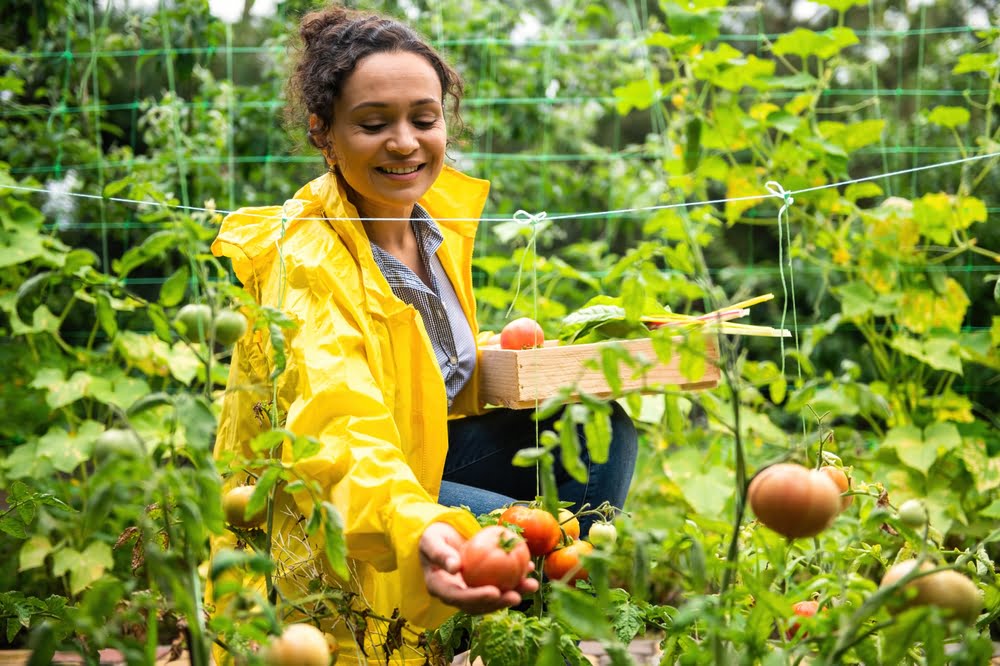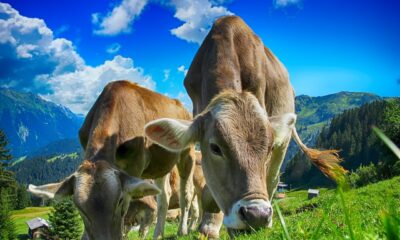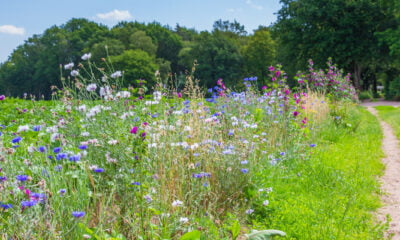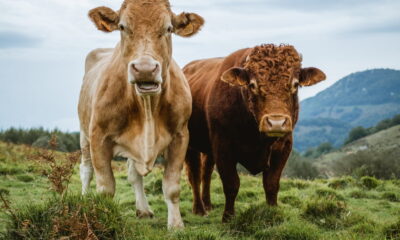

Environment
Emerging Trends and Advancements in Sustainable Agriculture
A growing number of farmers are embracing sustainable agriculture to help reduce their impact on the planet. There are also a lot of benefits of sustainable agriculture for farmers themselves.
Innovation and technological advancement have radically transformed the agriculture industry over the past few decades. As the population continues to increase, the amount of food produced must also increase. By 2050, the world’s population is estimated to reach 9.8 billion people, which will increase the amount of food farmers will need to grow by 70 percent.
Agriculture experts work with investors, innovators and farmers to test and implement advancements that will help provide more food for the growing population. Here are some of the key emerging trends and advancements on the horizon.
Water Conservation
Global challenges such as extreme droughts are directly affecting agriculture production. To face this challenge, water conservation innovations are necessary. Irrigation above and below ground conserves water by controlling the amount of water used and watering crops directly. Water conserving landscape tips will become more important as droughts become more frequent. Sophisticated sensors and smart technologies can determine how much water a crop needs, which prevents over watering. Rainwater harvesting is saving farmers money by essentially recycling water and protecting crops by capturing rainwater in the event of a flash flood. Agriculture experts and innovators will continue to explore water management advancements that will increase crop yields.
Regenerative Agriculture
Regenerative agriculture is a trend that is on the rise in agriculture. Techniques like no tillage, cover crops and reduced synthetic fertilizers aim to work with nature to restore degraded soil. As a result, soil health is improved and carbon sequestered. One way to reduce synthetic inputs is through the use of biologicals. Biologicals are made from living organisms, and they help protect plants. Testing and research will continue for biologicals by researchers and agriculture experts.
Precision Agriculture
The agriculture industry will continue to use digital data to make informed decisions and optimize productivity. Precision agriculture is the umbrella term used to talk about digitization and automated technologies. By 2030, the precision farming market size will reach $24.09 billion. One example of precision agriculture is the use of drones to survey crops, access yields, monitor pest control and see the effect of certain products. There will be an increase in the use and efficiency of robotics such as self-driving tractors, automatic harvesters, and autonomous seeding and weeding. As farmers look to produce more food in the coming years, precision agriculture will play a key factor in optimizing efficiency.
Final Thoughts
Water conservation, regenerative agriculture and precision agriculture only touch the surface of the emerging trends and advancements in the agriculture industry. As our world faces more global challenges, the industry is working tirelessly to increase the demand for food. Agriculture experts will continue to support technologies that increase agriculture productivity for a sustainable and productive future.


 Environment10 months ago
Environment10 months agoAre Polymer Banknotes: an Eco-Friendly Trend or a Groundswell?

 Environment11 months ago
Environment11 months agoEco-Friendly Home Improvements: Top 7 Upgrades for 2025

 Features9 months ago
Features9 months agoEco-Friendly Cryptocurrencies: Sustainable Investment Choices

 Features10 months ago
Features10 months agoEco-Friendly Crypto Traders Must Find the Right Exchange





























